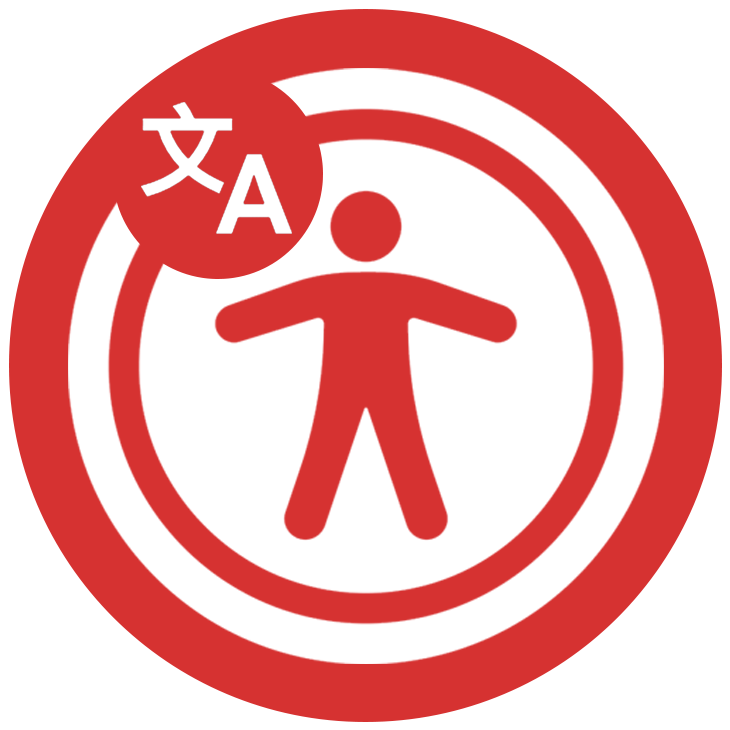Ground Rules
- The speakers are considered a part of the backstop. If a fly ball strikes a speaker, it’s dead.
- The ball is playable off the blue block of the dugout but if the ball hits the white trim on the dugout the ball is dead.
- The dugout poles are considered to be in the dugout.
- The ball must be played if it hits the concrete lip of the floor of the dugout and does not enter.
- During the game all the gates need to be kept closed.
- The right field corner portable cage storage area is designated with a white line on the warning track surface. If the ball crosses the line, it’s dead.
- If the ball goes under the fence it’s a dead ball.
- The tall black wall in right field…If the ball hits the foul pole it’s a home run. If the ball hits the fence beside the foul pole (smaller diagonal section) and goes behind the fence, it is a home run. If the ball hits the black wall in right field and comes back in play, it is a live ball. If the ball hits the ledge of the black wall and goes left over the fence, it’s a home run.
- If the ball hits the wind sock on top of the black wall, it’s a home run. (including the pole)
- If the ball hits the net in front of the scoreboard it is a home run or a ground rule double. The scoreboard is behind the fence.
- The batters eye wall in center field is behind the fence.
- The blue shed in left field is behind the fence.
- If the ball hits the foul pole, it’s a home run (in left field.)
- The tarp on the side of left field is in play if the ball hits it.
- No elevation on the tarp. (The tarp can be leaned against as long as feet remain on the ground)
- If the ball gets caught up under the tarp it will be considered a dead ball.
 Skip to content
Skip to content

